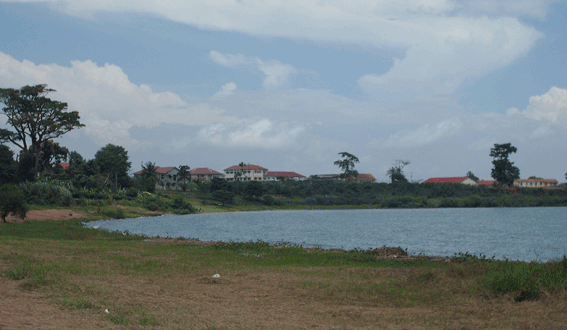The African Great Lakes are a collection of large lakes located in the great continent of Africa. As suggested by the name of the collection, the lakes that are classified into the Great African Lakes are fairly significant in size and are worthy of being known as some of the most prominent lakes in the entire world. One of the African Great Lakes is Lake Victoria. This is one of the most important lakes classified into the African Great Lakes. This specific African Great Lakes was first discovered by a European named John Hanning Speke in 1858 when he was on an expedition with Richard Francis Burton to locate the source of the Nile River, and it was John Hanning who named this lake after Queen Victoria of the great nation of Britain.
This specific African Great Lake occupies a total area of 68,800 square kilometers, making it the largest African Great Lake in existence, and also the largest lake in the continent of Africa in terms of area. Furthermore, this lake is also the largest tropical lake in the entire world. This lake has a surface elevation of around 1,134 meters and is 250 kilometers wide. This lake is home to a number of different islands, the most prominent and significant of which are the Ssese Islands. This lake is owned conjointly by three countries, including Kenya, which owns 6% of the lake, Uganda, which owns 45% of the lake, and Tanzania, which owns 49% of the lake. The largest part of this lake resides with the country of Tanzania.
This lake is the second largest freshwater lake in the entire world, with Lake Superior from North America being the largest. This lake contains around 2,750 cubic kilometers of water, which is why it is the ninth largest continental lake in this world in terms of volume. Lake Victoria occupies quite a shallow depression in the continent of Africa and has a maximum depth of 84 meters and an average depth of 40 meters. The catchment area of this lake covers around 184,000 square kilometers.
The shoreline of this lake is around 4,828 kilometers, with the islands located in the lake constituting 3.7% of this length. This lake receives its supply of water mainly from direct precipitation, but a portion of its water supply also comes from thousands of small streams, the largest of which is the Kagera River, the mouth of which is located at the lake’s western shore.
 Living There
Living There


